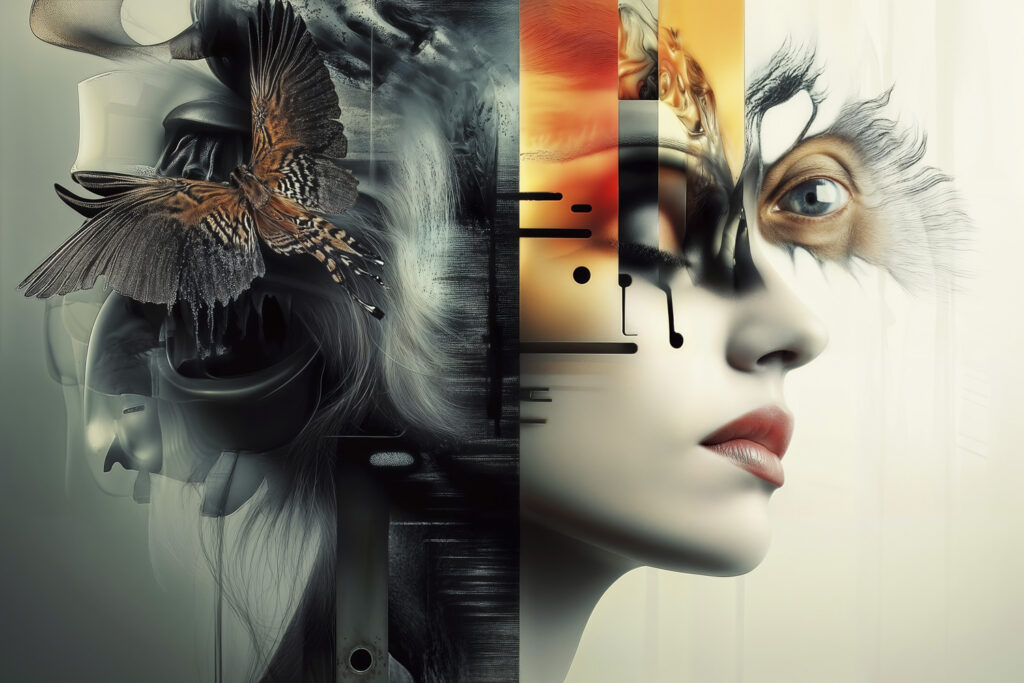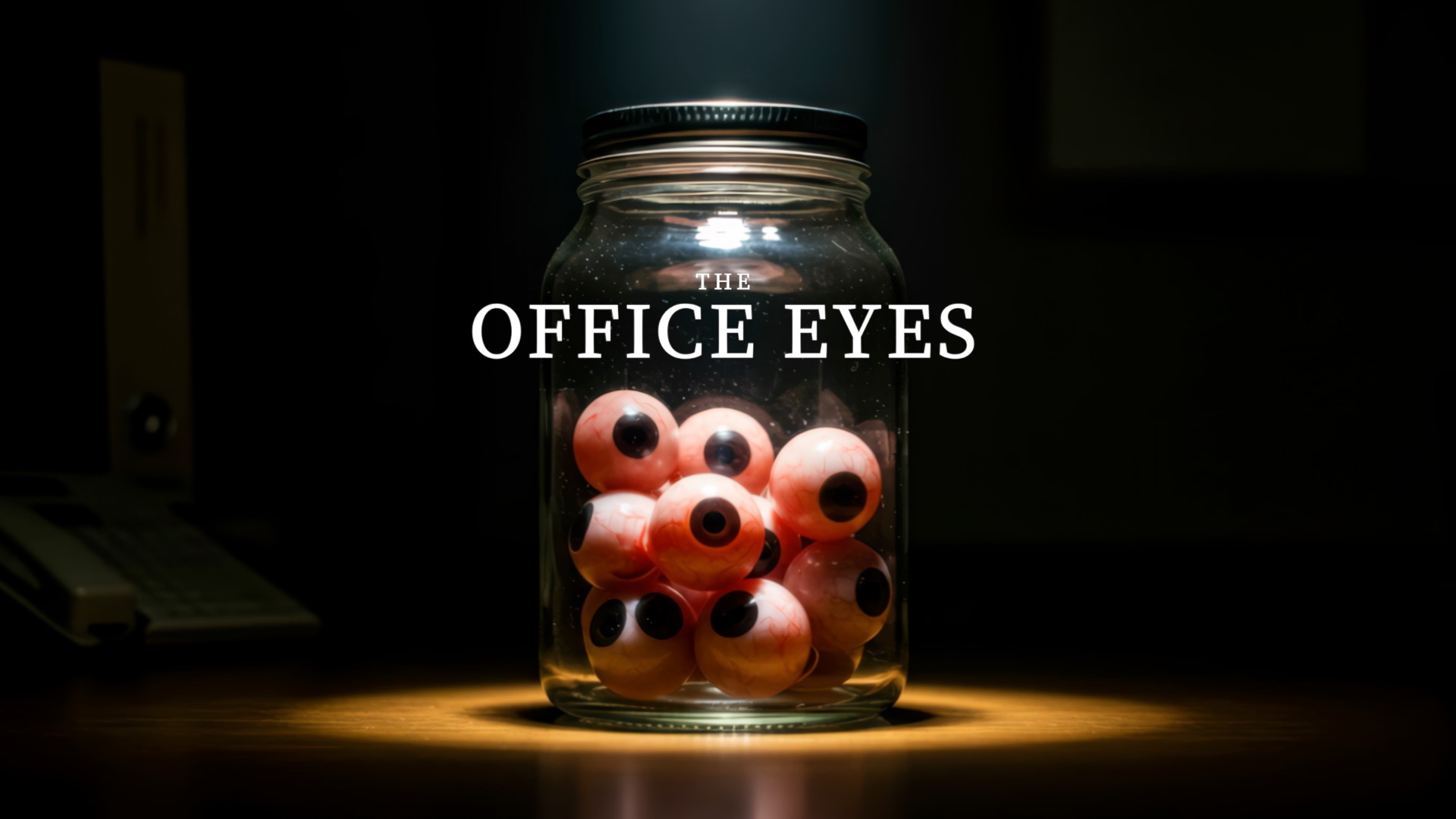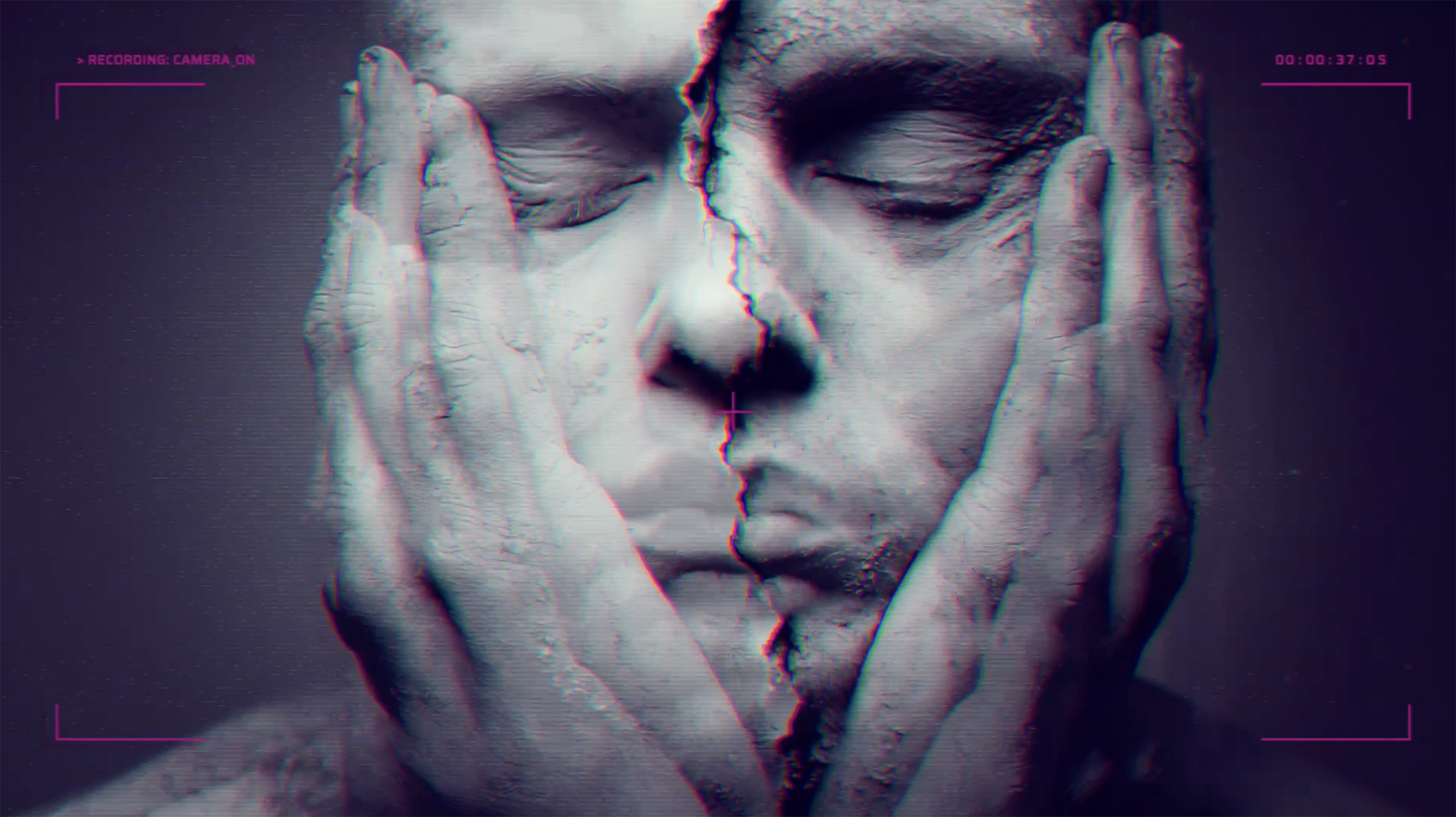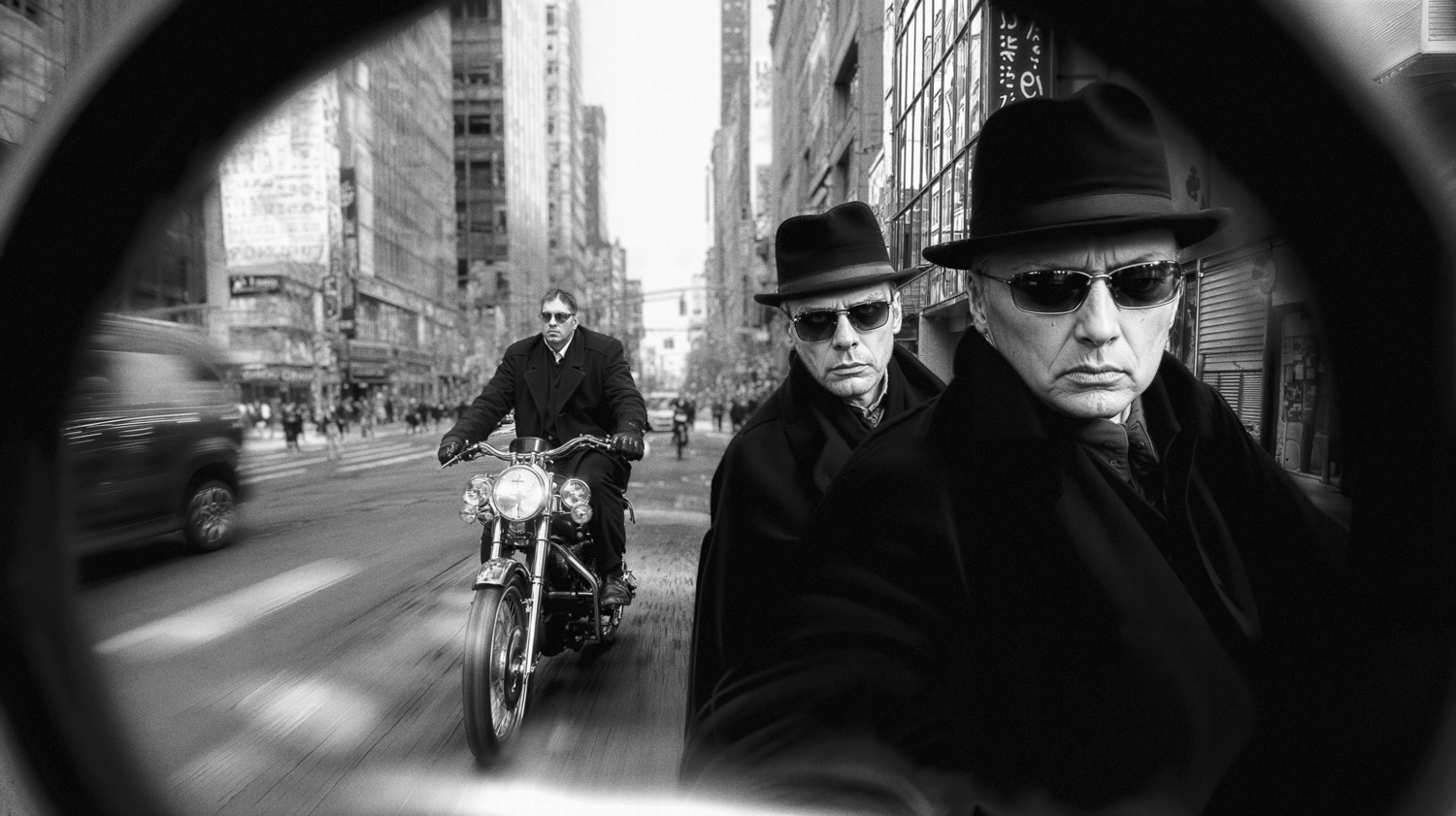
Bringing Dreams to Life
Bringing Dreams to Life: Surrealism in Neurophotography.
Imagine a world where reality and imagination seamlessly blend, creating images that feel both familiar and otherworldly. This is the magic of surrealism, an artistic movement that challenges our perception of reality. Now, with the advent of neurophotography, we have a powerful tool that can bring surrealistic visions to life like never before. In this post, we’ll explore how neurophotography can be used to craft dreamlike, surreal imagery that blurs the line between the real and the imagined.
The Essence of Surrealism in Art
Surrealism has always sought to transcend the ordinary, diving deep into the unconscious mind to reveal a world filled with paradoxes, juxtapositions, and the unexpected. It’s about capturing the uncanny, the dreamlike, and the bizarre, often leaving the viewer questioning what is real and what is not. Traditional methods of surrealistic art—through painting, photography, and literature—have paved the way for new explorations in the digital age.
How Neurophotography Enhances Surrealism
Neurophotography, with its AI-driven capabilities, opens up new avenues for creating surreal imagery. By analyzing and reinterpreting visual data, neurophotography can manipulate scenes, enhance elements, and introduce abstract components in ways that defy conventional logic.

Some Techniques for Creating Surreal Neurophotography
1. Dreamlike Compositions: Using AI, neurophotography can seamlessly merge disparate elements, creating compositions that feel dreamlike and uncanny. For example, combining urban landscapes with natural elements in unexpected ways can evoke a surreal atmosphere.
2. Abstract and Fluid Forms: Neurophotography can distort and transform shapes, turning ordinary objects into fluid, abstract forms that challenge our perception of space and reality. This technique mirrors the way dreams often present familiar things in unfamiliar ways.
3. Unexpected Juxtapositions: Surrealism thrives on the juxtaposition of unrelated objects or ideas. Neurophotography can automate and enhance these juxtapositions, creating visual contrasts that surprise and intrigue the viewer, much like a dream where unrelated elements coexist in harmony.
4. Manipulating Light and Shadow: Light and shadow play crucial roles in setting the tone of surreal imagery. Neurophotography can exaggerate or alter these elements to create environments that feel both eerie and mesmerizing, blurring the lines between reality and fantasy.
5. Layering Realities: One of the most powerful tools in neurophotography is its ability to layer multiple realities within a single image. This could involve overlaying different scenes or incorporating elements from various sources, resulting in a composition that feels both cohesive and disorienting.

Real-World Applications: Crafting Visual Dreams
Artists and photographers who embrace neurophotography can push the boundaries of their creativity by crafting images that transport viewers into surreal, dreamlike worlds. Whether it’s for fine art, advertising, or personal projects, the possibilities are endless. Imagine an ad campaign that feels like stepping into a dream, or a personal portrait that captures the essence of a fantasy.
The Intersection of Technology and Imagination
Surrealism has always been about tapping into the imagination, but neurophotography takes it a step further by using technology to enhance and expand those imaginative boundaries. The AI-driven process allows for the creation of visuals that would be impossible to achieve with traditional methods alone, making it a perfect medium for modern surrealist art.
Conclusion
Neurophotography is revolutionizing the way we approach surrealism in visual art. By blending reality with imagination, it allows us to create dreamlike images that challenge the viewer’s perception and invite them into a world where anything is possible. If you’re fascinated by the surreal and are looking to explore new artistic horizons, neurophotography offers the perfect canvas for your dreams to come to life.
Dive into the surreal with neurophotography—where your wildest dreams can become vivid, tangible art. Stay tuned for more explorations into the world of neurophotography and see how you can bring your own visions to life.
.




